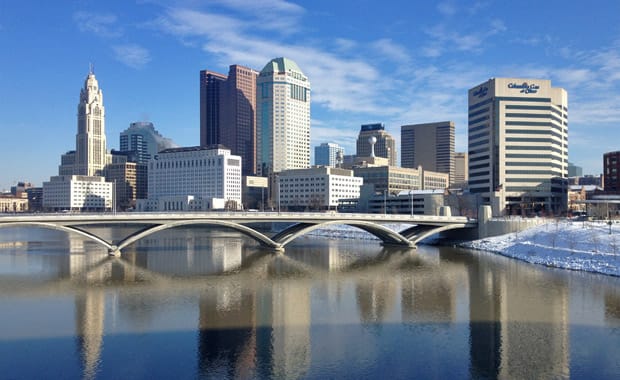Severe winter weather has taken center stage across the northern half of the United States, as meteorologists warn of snow, ice, and plunging temperatures set to affect millions of residents. A series of winter storm systems are expected to batter areas stretching from the Midwest to New England, posing significant disruptions to travel while creating dangerous conditions for those in the affected regions.
Winter storm warnings have been issued for many states, including Minnesota, Wisconsin, and Michigan in the Great Lakes region, as well as New York, Vermont, and New Hampshire in the Northeast. Several regions are predicted to receive substantial snowfall, with forecasters expecting upwards of 12 inches in isolated pockets. The National Weather Service attributes this intense weather to the movement of an arctic air mass clashing with humid air currents.
The first storm began sweeping through the Midwest earlier this weekend, delivering widespread snow and sleet. Locations such as Minneapolis and Milwaukee have already reported over 8 inches of snow. Travel in these areas has become increasingly treacherous, with reports of icy roads, vehicle accidents, and flight cancellations at several major airports.
Further along the storm’s trajectory, the Great Lakes region is bracing for even more substantial accumulation. Wind-driven snow could lead to whiteout conditions, particularly in areas downwind of the lakes. These lake-effect snow bands are notorious for producing sudden and intense snowfall rates, catching some commuters off-guard as they navigate iced-over streets.
New England, too, is under heightened alert with another storm system forecasted to follow on the heels of the first. While snow remains the biggest concern for northern regions, parts of southern New England and the Mid-Atlantic states are more likely to endure freezing rain. For residents and emergency services alike, ice poses added complications — not only does it make surfaces extremely slippery, but it can also lead to power outages caused by ice-laden branches snapping onto power lines.
In addition to disruptions on land, air travel is experiencing complications, with several airlines issuing travel advisories or waiving fees for flight rescheduling. Boston’s Logan International Airport, for example, has already experienced numerous delays as airlines brace for the possibility of sustained ground stops due to low visibility and de-icing operations.
Those venturing outdoors are advised to exercise caution to avoid falls and injuries. Local governments have enacted snow emergency protocols, urging residents to remain at home whenever possible. Work crews and snowplows are operating at full capacity to clear major highways and keep public transportation systems running, although service suspensions on some rail lines are forcing commuters to make alternative travel arrangements.
In rural areas, emergency responders are closely monitoring vulnerable populations, such as the elderly and individuals living in isolated communities, who might encounter difficulties accessing heating resources or medical care. With temperatures expected to drop below freezing in the coming days, hypothermia and frostbite risks are elevated for those venturing outside without adequate protection.
As conditions escalate, authorities recommend stocking up on essential supplies, such as food, water, and medications, in case severe weather further limits mobility over the coming days. Generators and heating systems should be inspected for proper functionality, and fire safety specialists are reminding people to operate space heaters and other heating devices with extreme caution to avoid house fires.
Looking beyond the immediate impacts, meteorologists note that these consecutive storm systems are part of an ongoing pattern of relentless winter weather gripping much of the northern hemisphere. Climate dynamics contributing to the formation of these storms include heightened temperature differentials between arctic and temperate regions.
For now, the priority remains on ensuring preparedness and safety for affected residents. From local municipalities to state governments, exhaustive responses are underway to mitigate the effects of this severe wintry blast across the northern U.S.



